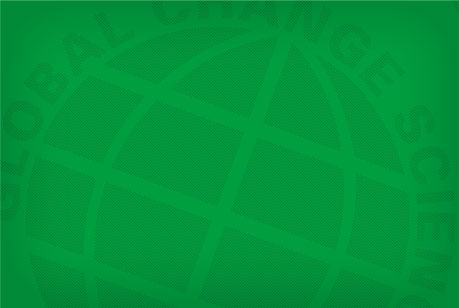The Hong Kong Harbour Area Treatment Scheme (HATS) and Coastal Water Quality Management
For a city with 733km of coastline, an internationally famous harbour and 262 islands, water quality is extremely important and is a key facet of public health policy. The Hong Kong Harbour Area Treatment Scheme (HATS) is a sewage collection and treatment scheme that serves a population of around 3 million in the urban areas of Hong Kong. The sewage receives Chemically Enhanced Primary Treatment (CEPT) at the Stonecutters Island Sewage Treatment Works (SCISTW). The treated effluent (1.4 million m3/d) is discharged via a submarine outfall diffuser into the adjacent Victoria Harbour. The SCISTW is the largest treatment plant of its kind in the world.
To improve the bacterial water quality in the adjacent coastal waters and bathing beaches, the treated sewage is disinfected by chlorination. Concentrated (10%) sodium hypochlorite solution (specific gravity 1.2) is injected into the flowing sewage in a Flow Distribution Chamber (FDC) through two arrays of multiple dense jets. According to design expectations, the chlorine dense jets could achieve rapid mixing with the sewage to the target fully-mixed level within a relatively short distance downstream, beyond which chlorine contact for about 10 min is provided before discharge. Field monitoring in SCISTW has however indicated large variations of total residual chlorine (TRC) in space and time ?????? presenting significant challenges to coastal water quality management.



